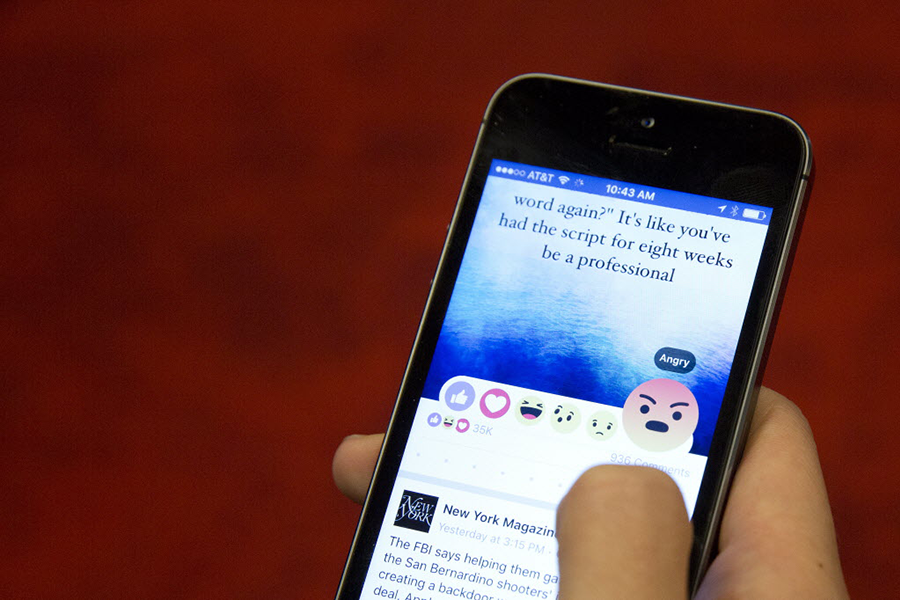#emojireads: Can emoji replace book reviews?
Loading...
If a picture is worth a thousand words, emoji are worth ten thousand – at least, that's what authors, publishers, and bookworms are discovering in a smartphone-era. They're using emoji, those adorable digital icons and images, to describe book titles, summaries, and even entire stories.
Maris Kreizman of the literary blog Slaughterhouse 90210, helped launch the trend two years ago with this tweet:
Random House responded with its own literary emoji and #emojireads took off.
The beauty of literature as emoji is that it refreshes literature in a way that everyone can enjoy – a puzzle of sorts that can be applied to all genres, and that nearly anyone can create or decipher. Think of it as a literary game that you don't even need to have read the book to play.
Consider the minimalist route, with emojis describing book titles:
Emojis work across genres, including children's books, and psychology.
And now, folks are even retelling entire novels in a handful of emojis.
Find more literary emojis and share your own with the hashtag #emojireads.








